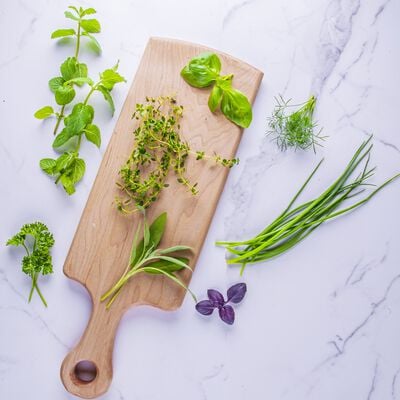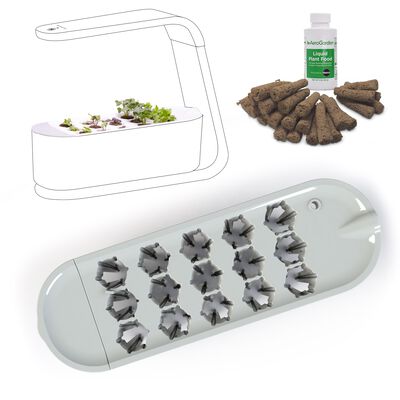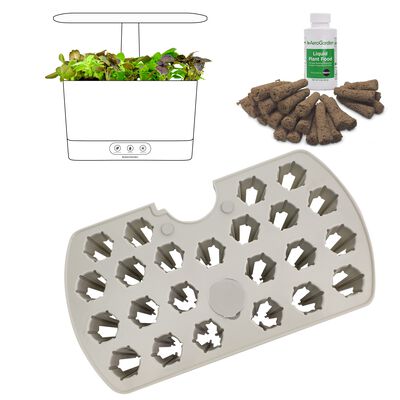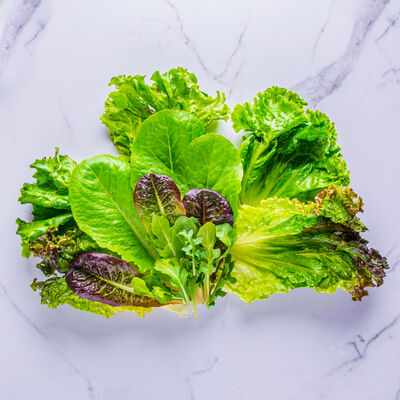
How to Create a Succession Planting Plan
A Succession Planting Plan includes a crop timing chart and garden map.
A basket full of garden vegetables.
The succession planting plan includes a crop timing chart and garden map.
View our first post – Succession Planning 101
You will need
- Last and first frost date, and the number of days between
- List of crops, with days to harvest
- Several sketches of the garden plot (photocopied)
- Blank paper or graph paper
- Pencil
- Highlighter
- If you prefer to use a spreadsheet program, the paper and writing tools are unnecessary
On a sheet of blank paper or graph paper, list your crops down the left side. Across the top, label each column with a date, beginning with the last frost date, and continuing in weekly intervals. If your last frost date is 4/7, the next columns would be 4/14, 4/21, 4/28, and so on through the first frost date in fall.
In the row beside each crop name, place a “P” below the date on which it should be planted. Then place an “H” beneath the expected harvest date. Highlight all of the boxes beginning with the P and ending on the H. When all crops have been marked, you will have a visual representation of the gardening time for one planting of each crop.
In addition to the first spring planting date, you may wish to show a late planting. Beginning at the first fall frost date, count backward the appropriate number of days, adding an extra week or two to ensure against an early cold snap. This is the absolute last planting date for that crop. Mark “P” for planting. Then count forward to mark the “H” harvest date, and highlight the late planting season.

A crop timing chart on a spreadsheet.
How to Use the Crop Timing Chart
The chart you’ve created is unique to your home climate and the crops you want to grow. It shows which crops can grow simultaneously in different parts of the garden, and which ones can be planted in succession to keep them growing in all seasons. Use it to create a customized planting schedule for your garden.

A person drawing out plans for a garden.
Map the Garden
Deciding how much to plant for each vegetable can be tricky, but you have all of the information you need. For fresh eating, plant only as much as you will eat in one or two weeks, and then plant that amount at two-week intervals. Or, for a massive preservation harvest all at once, use more space for a single planting. Plot those plantings on your garden sketch.
Begin with whatever you consider your most important crop. Mark off the garden space you will plant, write the crop name, planting date, and harvest date in that space. Continue with other crops in other spaces until the entire garden sketch is full. Plan for succession by adding new plantings to the map, either earlier or later (or both!) than the first crop you wrote. Try to avoid planting the same crop in the same location twice.

AeroGarden Bounty Elite with Seed Starting System
AeroGarden Supports Garden Succession Planting
With a Seed Starting Kit, the AeroGarden supports outdoor garden succession planting too. Sow seeds in the AeroGarden one to three weeks before you need to plant them in the outdoor garden. The seedlings will be robust, having received perfect nutrition and lighting from germination to transplant. And planting seedlings, instead of direct-sowing seeds in the garden, reduces the time to harvest by weeks.
Succession Planting for Indoor Gardeners
In the AeroGarden, most herb and vegetable seeds germinate within three days. Herbs and lettuces are mature enough to begin regular harvests within three weeks and continue for at least two months. To ensure a steady, uninterrupted supply right on your countertop, simply replace about half of the pods with new ones as soon as they show signs of decline; then replace the other half three weeks later as the first replacements mature.
A successful garden always has room for improvement. A great plan does too. It’s an incredible tool that helps take the guesswork out of gardening while keeping the garden growing all season long. The plan also helps you maintain a healthy crop rotation. With a well-made plan, be prepared for your garden to reach new heights.




